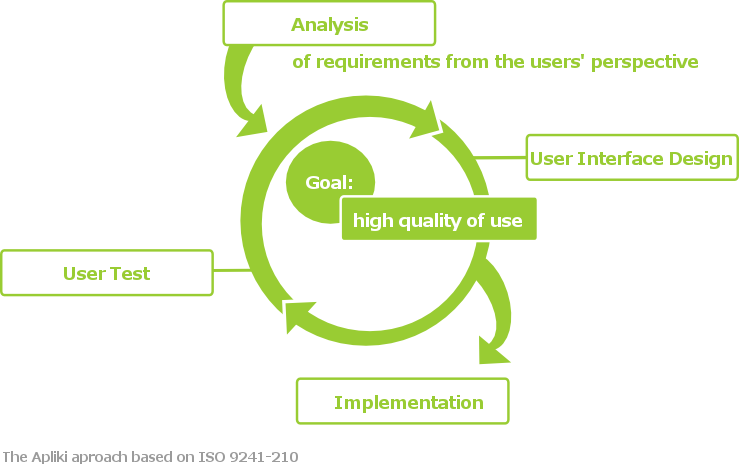Evaluating the usability of a product by observing user behavior.
User testing is the process of observing the use of a system in order to discover technical or usability issues. The findings from these studies are then used to improve the system.
Though user testing is a discipline in itself, it does not need to be carried out with a large group of people, and does not require any expensive hardware or software. Up to 80% of usability issues can be discovered with only five participants, after which the rate of discovery diminishes. User testing methods include:
• A/B testing
• Card sorting
• Eye tracking
• Focus groups
• Interviews
• Observation
• Surveys
• Think-aloud protocol
• User diaries
Ideal participants for usability studies are real users (or representative users) who have had no involvement in development and who are not knowledgeable about the system.
User testing can be carried out as part of a bug testing or quality assurance (QA) phase. However, it is advisable to test with users early and often in the development process. In this way findings can be implemented directly without the need to revisit work which was thought to be completed.
User testing is also known as usability evalutation.

